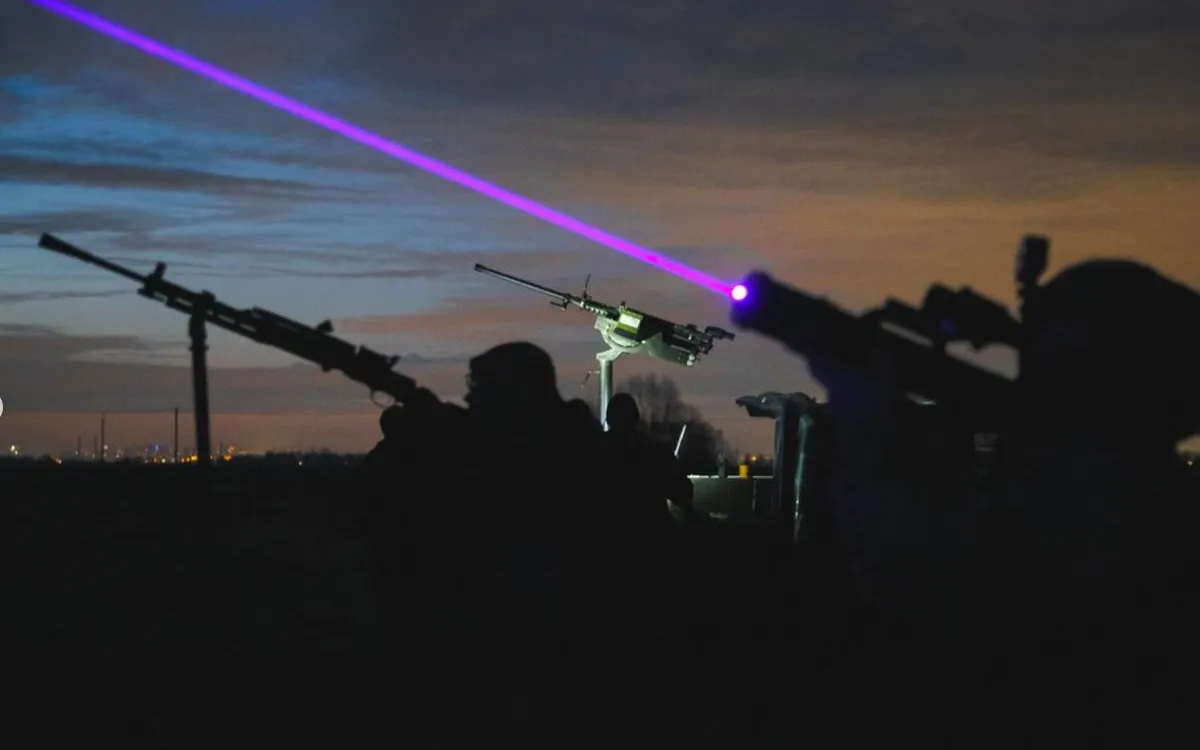
Russia launched a significant aerial strike on Ukrainian cities late on August 27, marking one of the most aggressive assaults in recent weeks. The attacks primarily focused on Kyiv, where ballistic missiles were fired, and areas far removed from the front lines were targeted. Tragically, reports indicate that at least one individual in Kyiv lost their life, while eight others sustained injuries, including a child.
As the situation unfolded, air raid sirens blared across Ukraine, prompting residents in nearly every region to seek shelter. The night was marked by waves of attacks involving hypersonic missiles and numerous drones. Notably, at least four MiG-31 aircraft, equipped with Kinzhal missiles, were deployed during this extensive assault.
Explosions first resonated through Kyiv around 9:30 p.m. local time, leading Mayor Vitali Klitschko to announce that air defense units were actively engaged in countering the threats. According to Tymur Tkachenko, head of the Kyiv City Military Administration, air defenses were reactivated around midnight as another wave of drones approached the capital.
Ukraine's Air Force reported that swarms of drones were detected flying over central and southern regions of the country, including Zhytomyr, Odesa, and Mykolaiv oblasts. Furthermore, aerial alerts extended to Ukraine's far-western regions, such as Ternopil, Lviv, and Ivano-Frankivsk oblasts, as the threat of airborne attacks seemed to escalate.
Another series of loud explosions echoed through Kyiv around 3 a.m., followed by more blasts at 3:30 a.m. Kyiv Independent journalists on the ground confirmed these reports, while Tkachenko reiterated that the city was under severe attack from the "Russian terrorist state." The mayor later confirmed that at least eight individuals had been injured, with seven requiring hospitalization, including a 10-year-old boy.
Emergency services were deployed across multiple districts of the city to address the devastation. In the Darnytskyi district, the attack resulted in significant damage to two residential buildings, one five stories tall and the other 16 stories. Reports indicate that the five-story building collapsed entirely from the first to the fifth floor, leading to extensive destruction. Rescue operations are currently in progress, as the Kyiv City Military Administration noted substantial property damage.
In addition to residential buildings, a kindergarten and another home in the vicinity were also damaged, and fires erupted at a three-story office building and a 25-story structure in the Dniprovskyi district. Debris from the explosions fell onto the grounds of a local kindergarten, igniting a fire, while vehicles in the area caught flames.
The assault also affected the Shevchenkivskyi district, where a fire broke out in a residential building, damaging an office, an educational institution, and two non-residential buildings. In the Solomyanskyi district, another house was set ablaze. Klitschko previously reported that a Russian drone was intercepted in the courtyard of a nine-story residential building in the Sviatoshynskyi district, although no damage was observed in that instance.
Since the beginning of 2025, Russia has notably increased both the frequency and intensity of aerial attacks on Ukrainian cities. This latest strike follows a particularly devastating attack on July 29, which resulted in the deaths of 31 civilians in Kyiv. As the White House continues to advocate for a peace deal to resolve the ongoing conflict in Ukraine, Russia remains steadfast in its strategy, intensifying assaults on urban centers and ramping up ground offensives.
Despite growing international pressure, the Kremlin has rejected calls for a ceasefire and condemned European initiatives aimed at providing security guarantees for Ukraine, insisting that Russia must play a role in ensuring Ukraine's future safety.